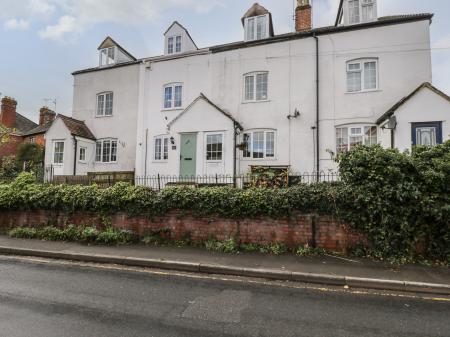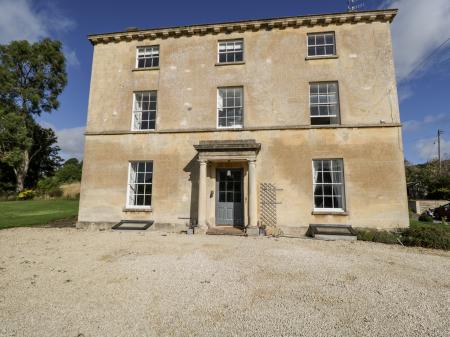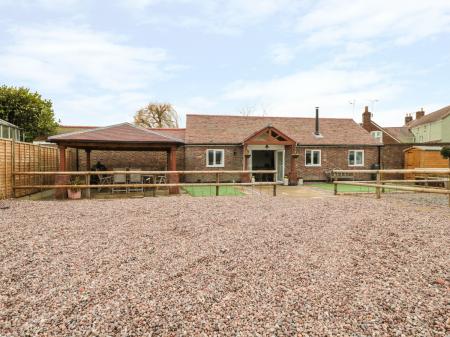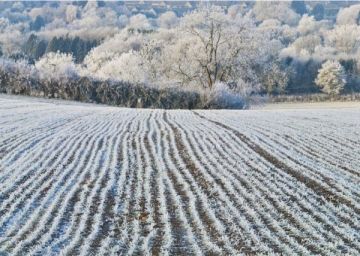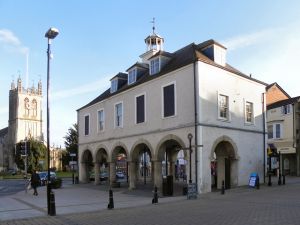
The latter was named for Jacob Stiff, who built a building called Weaver's House in 1751. It was probably used as a weaving shed, with space for looms. It is linked to the Heritage Centre next door, where you can learn about the history of Dursley and the surrounding area. See objects ranging from a 19th-century printing press to historic photographs, documents, and memorabilia connected with local businesses and people.
History
The Dursley region was home to settlers as early as the Neolithic period. Just outside the town is the long barrow of Hetty Pegler's Tump, and in neighbouring Uley is an Iron Age hill fort.William Tynedale was born in or near Dursley around 1496. Tynedale was famous for his translation of the Bible into English and was burned at the stake for his writings. Another literary connection is William Shakespeare; it is possible that Shakespeare spent the years 1582-1590 in Dursley, possibly as a school teacher. A dialogue in Richard II has been interpreted as referring to Stinchcombe Hill, overlooking Dursley. A more modern literary link is JK Rowling, author of the Harry Potter series of books. Rowling was born at nearby Yate and named the Dursley family after the town.
In the 18th-19th centuries Dursley became a centre for manufacturing industries. The Lister company built stationary engines at Dursley, though the works site is now converted into a housing estate.
St James the Great Church
Dursley's parish church dates to the 13th century. The entire building, except the west tower, was rebuilt around 1320. Only a pair of arcades remain from this 14th-century building, however, for around 1480 the original tower was rebuilt in Perpendicular style, an aisle added, and the porch raised to make room for a parvise, or small chamber over the entrance for a priest to live. The biggest change to the church occurred in 1698 when the steeple fell down, killing bell-ringers at their craft. The local residents launched a national appeal for funds to repair the church, and even petitioned King William III for support. Eventually, in 1709 the tower was rebuilt, but there were no funds to replace the steeple.In 1832 all the pews were replaced and given to wealthy worshippers, leaving the poor residents no place to sit. This odd situation prompted Henry Vizard to give funds to built a new church, dedicated to St Mark, and open to everyone, regardless of wealth or social standing. That helps explain why there are 2 churches so close together, serving the same population.




 We've 'tagged' this attraction information to help you find related historic attractions and learn more about major time periods mentioned.
We've 'tagged' this attraction information to help you find related historic attractions and learn more about major time periods mentioned.